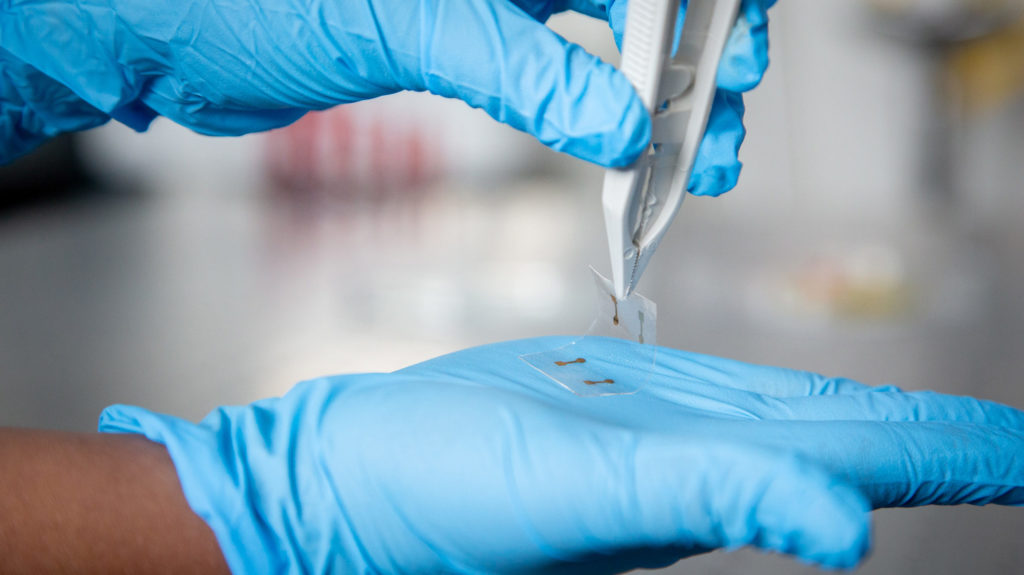A group of Australian researchers invented a new method to produce thin, transparent and foldable layers of conductive materials that can be used as newspaper sheets
Take an old material and radically transform it to obtain completely new properties. The way of reinventing is another path to make innovations. And that’s exactly what happened in Australia. A team of researchers from different institutions based in Melbourne invented an innovative method to print super-thin spreadsheets made of a well known material . The research was published on the pages of Nature Elettronics.
Tin and indium oxide is a widely used material in electronics because of its conductivity. Among the most popular applications are solar cells and smartphone screens. Due to its conductivity, the material is ideal for the production of touchscreen surfaces but is very fragile. The new processing method brings an indium-tin alloy up to 200°C resulting in a liquid. The alloy is then laminated onto a surface to print nanometric sheets of indium tin oxide.
The final chemical composition is the same as that of alloys already known but has a different crystalline structure that makes it extremely thin and flexible. Given their size, the sheets absorb only 0.7% of light, compared to 5-10% of standard conductive glass. In addition, the flexibility makes the material much less fragile and more durable. Researchers predict that the use of the new sheets can reduce smartphone battery consumption and increase the efficiency of solar cells.
The material is the subject of a pending patent. The researchers are confident about future uses of the material beyond the applications described above. For example, in the future we could have a roll-up and lightweight newspaper that, instead of paper, will be made of an indium tin sheet that will update automatically.
